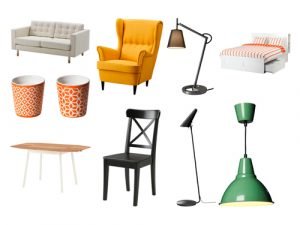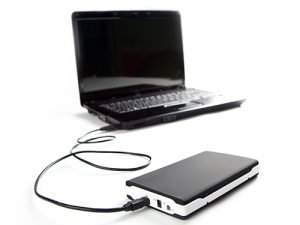The manufacturing sector and its industries are crucial for our society. This is especially the case since we are such a consumer-centric society. They provide us with valuable parts that are necessary for high-quality products. Whether it be a car company in Japan or electrical cable suppliers in UAE, manufacturers are essential for them. This is especially the case with OEM manufacturing, which is responsible for providing parts for some of the biggest companies.
These parts go straight into the original products you are familiar with, like cars and video game consoles. This is why OEM stands for Original Equipment Manufacturer. Since OEMs are so crucial, they must work smoothly and efficiently. However, the manufacturing world has changed, and OEMs need to stay on top of these changes. We will see how they can increase their efficiency in this challenge.
Planning for Disruptions.
If the coronavirus pandemic in 2020 has taught us anything, it’s that you must always expect the unexpected. The manufacturing industry was hit hard, too, due to lockdowns among various industries and sectors. As a result, supplies from these industries were disrupted, and it was not clear how exactly to move forward. Therefore, OEMs should plan for these occurrences to identify how to proceed.
They can even identify products to prioritize while training their staff to adjust smoothly to the situation. Predictive software can help predict such cases allowing higher-ups to plan out for them. It is recommended to consider all unexpected events like changing weather conditions, environmental problems and law changes.
Modernizing Operations.
As technology advances and the world changes alongside it, it is essential to stay up-to-date with technology. This is especially the case for OEMs from whom a certain quality standard is expected. Therefore, implementing the latest technology and techniques is essential for manufacturers. For starters, they can upgrade their systems to eliminate the non-essential workforce. This does not eliminate human workers who are as important as ever. It simply ensures that operations are much more efficient as machines are less likely to make mistakes.
Upgrading systems can also help from a communications point of view. Lack of communication can often hamper operations which can reduce efficiency. Most manufacturers are constantly modernizing, and any OEM must do so to stay on top of the competition.
Having Trusted Suppliers.
Suppliers are essential to the OEM manufacturing process as they provide the material and parts necessary for further part manufacturing. As a result, a supplier must provide supplies up to a certain standard and on time. If the supplies are defective or are not delivered on time, this can hamper the productivity of the manufacturing process.
If a supplier does not tick these boxes, it is time to move on to a new one. It is recommended that you collect data on your supplier to ensure that you can make a better decision about them. Additionally, this can also help trace sources of errors or defects, allowing your partnered suppliers to fix them.
Predictive Maintenance.
Machinery and accompanying systems are essential to the manufacturing process. When machinery breaks down, it can cause the whole manufacturing process to break down with it. This can affect efficiency and lead to delays in the supply chain. Predictive maintenance is an excellent practice to implement to prevent or reduce such cases. With data collection, changing fluids and regular inspections, the chances of a machine breaking down are significantly reduced. Additionally, they can use the data collected with AI predictive algorithms to determine when machinery is more likely to break down. In such a case, they can take measures to prevent this, especially during peak manufacturing hours.
OEM Experts.
We at DTL Sourcing are experts in providing OEM services to our clients. We have been doing it for almost 15 years and receive enquiries for OEM items every day. We accompany dozens of clients worldwide in their OEM production in China and Southeast Asia, from design to prototyping, production, and the supply chain. We have created strong relationships with distributors and dealers all over China, providing a network like no other. You can expect the very best rates and quality, alongside the best service from our consultants.
Wrapping Up.
The manufacturing industry is essential to our society as they provide various parts necessary for products to be finished. This is especially the case for OEMs known for delivering exceptionally high-quality products. Therefore, OEMs must be as efficient as possible so their parent companies can provide their in-demand products. This efficiency can be increased in various ways, as seen in the article. Implementing the techniques and practices above can help any OEM become much more productive. We hope this article proves insightful and enables you to understand how such high-quality manufacturing can be made efficient. Additionally, you can find OEM quality products and services from us at DTL Sourcing.










